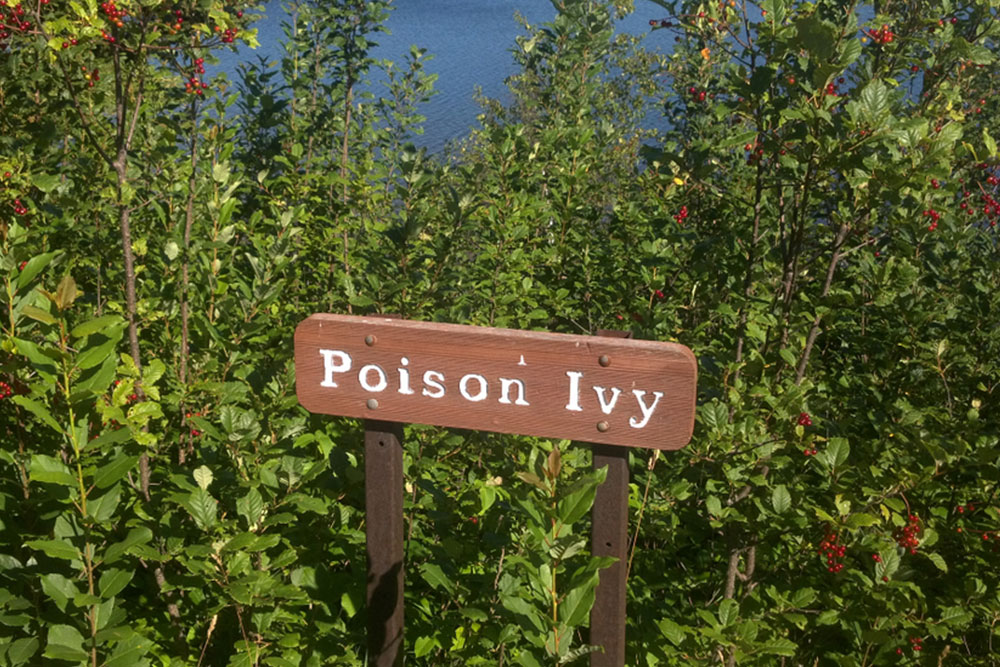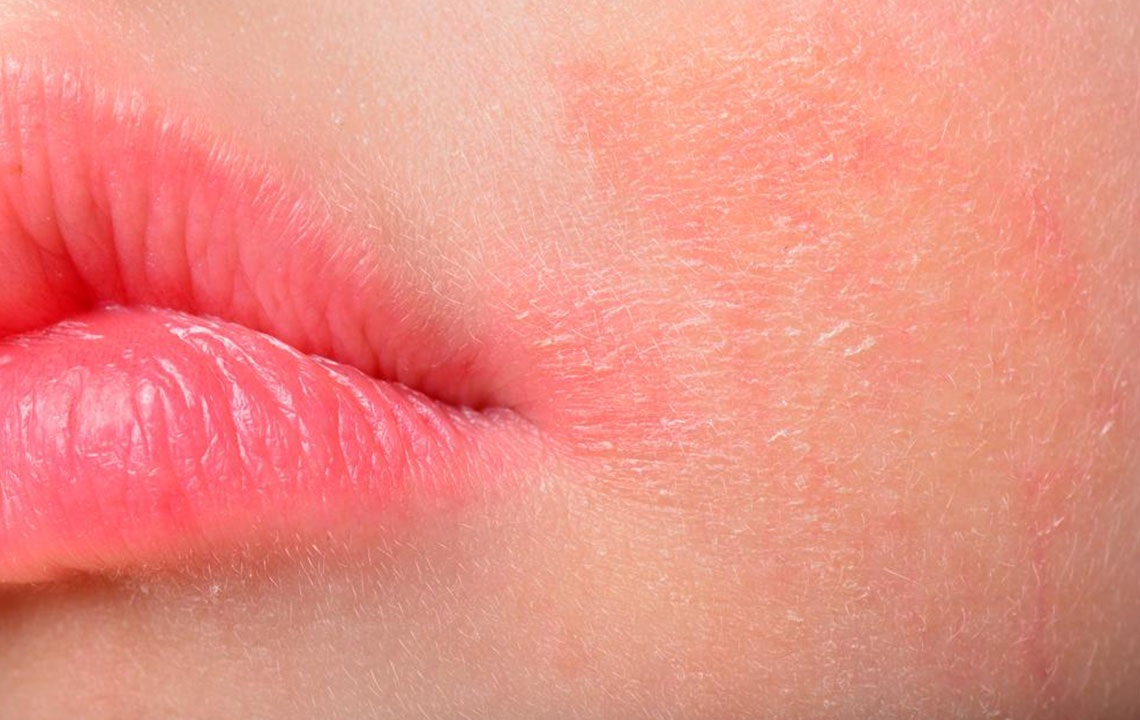Top Methods for Treating Fire Ant Bites Effectively
This article explores effective strategies for managing fire ant bites, highlighting identification, symptoms, venom effects, and remedies. It emphasizes safety tips, including recognizing severe reactions and seeking immediate medical help when needed. Practical remedies like cold compresses, vinegar, baking soda paste, witch-hazel, and oatmeal baths are discussed to help reduce pain, swelling, and itching. The article offers essential advice for safely handling fire ant encounters and reducing the risks associated with bites, suitable for individuals living in affected areas.

Top Methods for Treating Fire Ant Bites Effectively
A fire ant bite delivers an intense burning sensation, true to its fiery name. These small, reddish-brown or black insects often swarm onto your skin, causing painful bites. Symptoms might include mild skin irritation or serious allergic responses like breathing difficulties. A single fire ant can inject venom with over 46 different proteins, making their bites highly potent and potentially harmful.
Characteristics of Fire Ants
These insects are about a quarter-inch long, with a red-brown or black coloration. They typically nest in sandy regions such as lawns and fields. When their nest is disturbed, fire ants become aggressive, delivering painful stings that cause prolonged discomfort and itching. They latch onto skin using their powerful mandibles, making removal tricky. Gently pulling or rubbing them off with your fingers or a cloth can help eliminate them.
How to Recognize Fire Ant Bites
When provoked, fire ants swarm and bite, injecting venom called solenopsin through multiple stings. The bite appears as a red, swollen bump, often with a blister. It can be intensely itchy and painful for up to a week. The initial sting feels like a burning or pinching sensation, followed by persistent itching. Blisters can form within 20 minutes and appear anywhere on the body.
Effects of Fire Ant Venom
Research indicates fire ant venom can impact the nervous system. In severe cases, stings may trigger hallucinations or neurological issues. Allergic individuals might experience swelling, extreme itching, or life-threatening reactions like anaphylaxis. Warning signs include dizziness, difficulty breathing, confusion, swelling of the tongue or throat, and loss of consciousness. Immediate medical care is critical in such situations.
Effective Remedies for Fire Ant Bites
Using a cold compress can decrease pain and swelling. Repeat as needed for relief.
Applying unfiltered apple cider vinegar to the sting site can help neutralize the venom. Leave it on for 30 minutes before washing and moisturizing.
A baking soda and water paste can reduce itching. Apply for about 10 minutes, then rinse off.
Witch-hazel acts as an astringent and soothes itching. Dab it on with a cotton ball several times daily.
Soaking in oatmeal baths provides comfort from pain and itching. Use lukewarm water with oatmeal for best results.
Avoid fire ant nests and move quickly if you encounter them. Following these treatment tips can minimize discomfort and prevent serious complications. Seek medical attention immediately for severe allergic reactions to avoid dangerous health issues.


